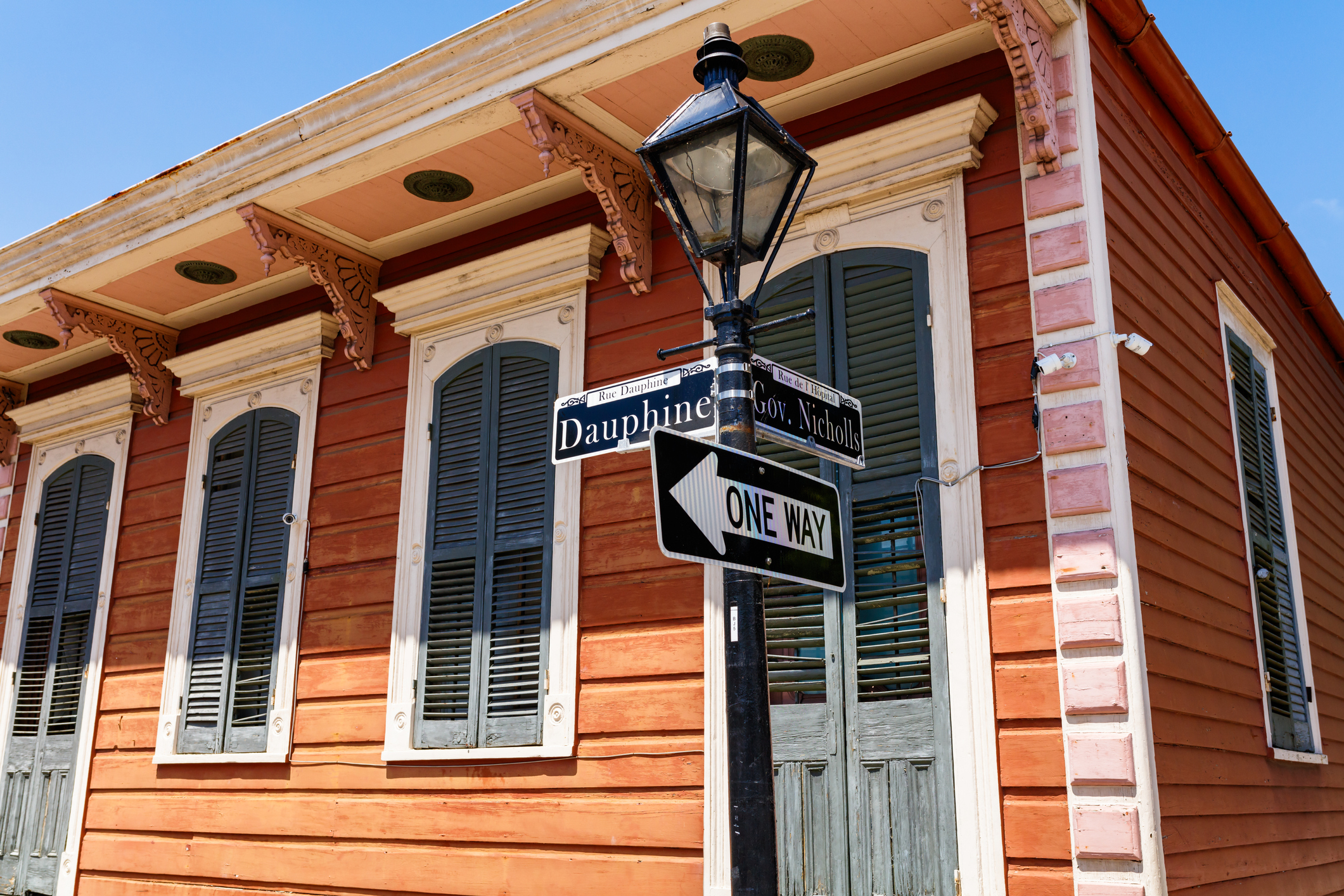New Orleans is known for a great many things. High among them are lavish celebrations and a tradition of knowing how to throw a party, especially during Mardi Gras! The love of living it up runs deep in New Orleans’ culture and history. Seemingly, the city has always attracted those with a certain lifestyle, and the story of The Sultan’s Palace— filled with riches, parties, deceit, and bloodshed— is no exception.
The home at the center of this story is also known as the Gardette-LePretre House. This arguably less exciting name comes from its two previous owners, a dentist named Joseph Coulon Gardette and a merchant named Jean Baptiste LePretre. Located at 716 Dauphine St, it can still be seen today and the grisly story behind its nickname is often told in ghosts tours—though only from the street, since it’s privately owned!
LePretre owned the property from 1839 until 1878, but sometime in those years he rented the home out. Some sources speculate that it was likely towards the 1860s, with the eruption of the Civil War and economic hard times, that LePretre made this decision. The story goes that he was approached by a Turkish merchant who happened to know the Sultan’s brother was looking for a property in New Orleans to rent. Luckily for LePretre, his beautiful home on 716 Dauphine fit the bill. The brother of the Sultan met with LePretre and signed the lease, leaving LePretre to breathe easier about his finances for the time being.
On move-in day, the Sultan’s brother brought with him an entourage of servants, women, and a literal boatload of furniture showcasing the immense wealth from overseas. Soon, the house became the center of attention in the neighborhood– from the streets, New Orleans natives could often hear the sounds of music and laughter and smell opium and delicious foods for the parties raging on inside. Aptly nicknamed the Sultan’s Palace back then, the common folk of New Orleans were never invited inside.
These parties went uninterrupted for several months, until one night when a storm swept through New Orleans. The night proved to be the perfect cover for a tragedy. The next morning, it appeared something was amiss at the Sultan’s Palace. A local man passing through the French Quarter saw there was a trail of blood trickling out from under the front door of the home. Understandably worried, he notified local police, who investigated the home and found a horrifying sight. The entourage of party guests and servants had all been massacred. The work is thought to have been done by multiple people with bladed weapons. The Sultan’s brother was the only one missing from the scene. Despite no remains or evidence of his death having been found, the local rumor is that he was kidnapped and buried alive.
Unfortunately, because no one was tried and there were no suspects or witnesses, no one is certain of the motive behind the killings. Some have said it was pirates who’d heard of the brother’s riches and wished to plunder the home. Most versions of the story, relate that the Sultan’s brother hadn’t been entirely truthful about his identity. While he was related to the royal family, he’d left out that he’d been banished from the country by his brother and stolen many of his riches on his way out. Many people believe this massacre was an act of revenge from the Sultan, who hired assassins to take out his traitorous brother.
The final theory about the Sultan’s Palace is that it is entirely made up. Even while researching the story, you can find several different versions of the history online, suggesting that it may be more of a tale that’s been passed down over time. No one is certain of what year the Sultan’s brother arrived, or what his name was. No newspapers from the time make any mention of the event, which seems unlikely given the high number of casualties and the location of the home. There’s an account of it in the 1867 book, History of Louisiana by Charles Gayarre, which claims the massacre took place in 1792—predating the existence of the house entirely.
With no solid evidence and a lot of confusion around the history of the house, it’s unclear how much of the story is true. Certainly, there may have been a Sultan’s brother or a rich merchant from Turkey who rented the home and perhaps even went missing under mysterious circumstances, but a large-scale massacre seems unlikely. What do you think?
Can’t get enough crime fiction? Check out Blood on the Bayou for the thrilling story of New Orleans’ latest serial killer, The Bayou Slasher!
